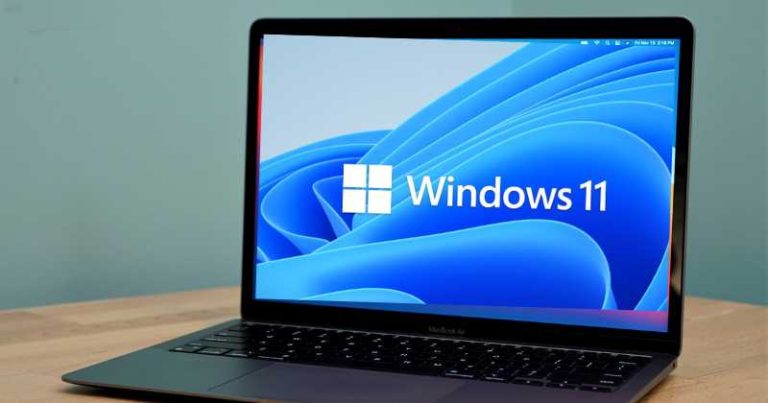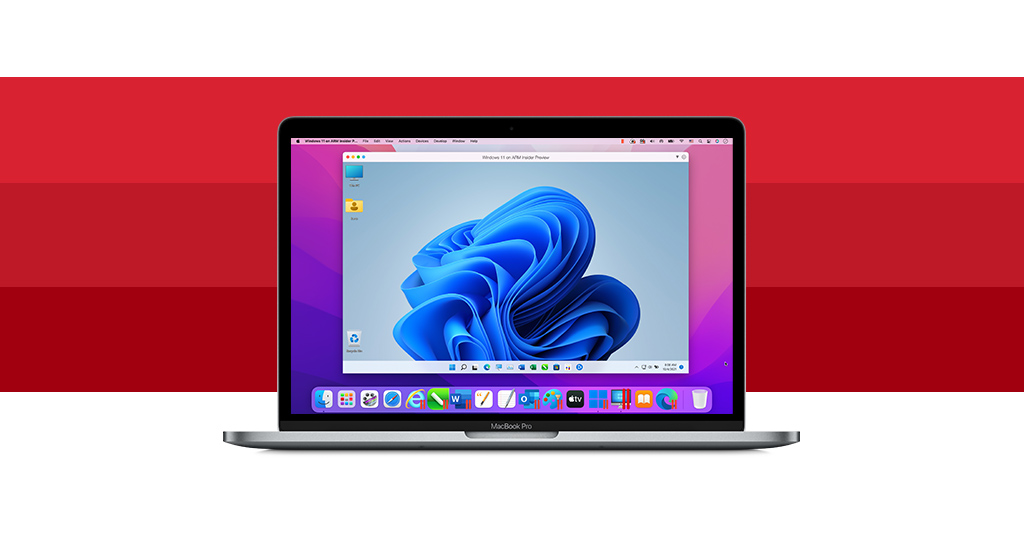
Download an ARM version of Windows 11 from Windows Insider.However, UTM has fewer features and is harder to set up (believe me, I tried both.) UTM is free and open-source, while Parallels costs $99.99 per year. Some viable options are Parallels and UTM.

Download a virtualization software for M1.A suitable solution is to virtualize or emulate the operating system. Let's say there's an application you need, and it's not available for M1 or Apple in general. However, there are ways to work around this. Well, you won't be able to run Windows natively on an M1 or M2-based Mac, since Apple removed Bootcamp on the M1 version of the operating system. And while some Intel CPUs have TPM 2.0 compatibility, no Mac motherboards have the required compatibility. For Windows 11, your computer's motherboard AND CPU need to be compatible.

You might think that this makes your Mac or MacBook Pro eligible for Windows 11! However, that is not the case, since your Mac doesn't have a TPM 2.0 motherboard. If you look system information on your Mac, you will see something like this: Intel® Core™ i5-1038NG7 CPU 2.00GHz. So, why won't this work? Well, the answer is simple. It is true that most 10th (and ninth) gen Intel processors support TPM 2.0, and if you look at this list, you will see all the 10th gen Intel CPUs on the list. An Intel Core i5-9400 Hold up! I have a 10th gen Intel processor! And, as we all know, most macs have soldered-on CPUs, so that won't be something you can change. TPM is built into your CPU, so you won't be able to get a newer version unless you upgrade to a newer CPU. This is an SOC that handles cryptographic operations, and is required by Microsoft Defender, DRM, and anti-cheat systems for online games. The Trusted Platform Module is an international standard for a secure cryptoprocessor.


Even if you have an Intel mac, you will not be able to install Windows 11 on it. You downloaded an ISO image from Microsoft, opened up Bootcamp, followed the instructions given, and then rebooted your computer in Windows mode to fully enjoy the benefits of that operating system. Installing Windows was fairly straightforward. Just a few short (or long) years ago, Apple was still producing computers with Intel i-series chips. But now, because of the Apple Silicon chips, it is impossible to run Windows 10/11 natively. Back in the ye olde days, when Apple was running x86-64 Intel CPUs, installing Windows (or Linux) on a Mac was as simple as pie.


 0 kommentar(er)
0 kommentar(er)
